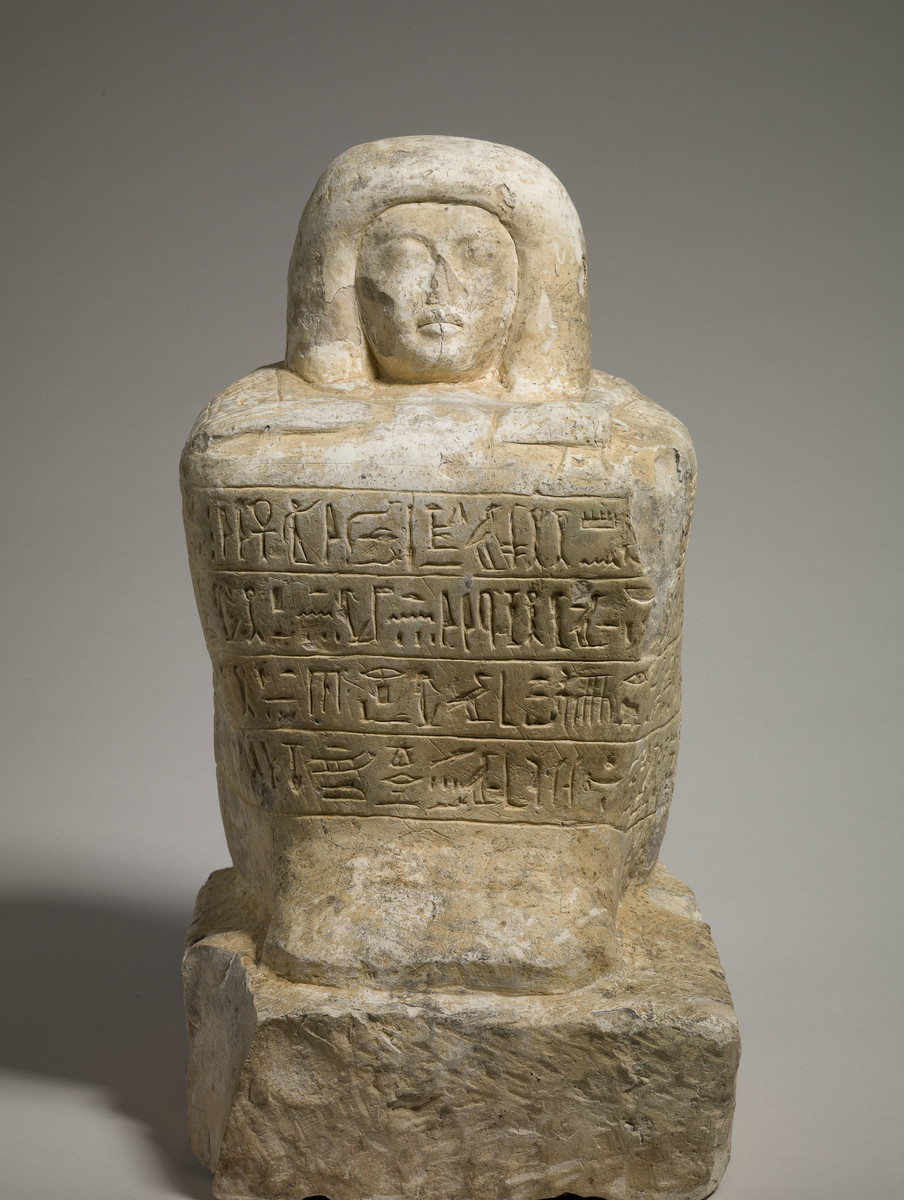On View
Unknown
Egyptian
Place made: Africa; Asia; Egypt
Block statue of the scribe Amunwahsu, 1386-1278 BCE (New Kingdom, late Dynasty 18-early Dynasty 19)
Overall: 15 3/4 in x 7 7/8 in x 11 5/8 in; 40 cm x 20 cm x 29.5 cm
Gift of Mrs. Trent McMath
MH 1956.36.A.G

 GIVE
GIVE

